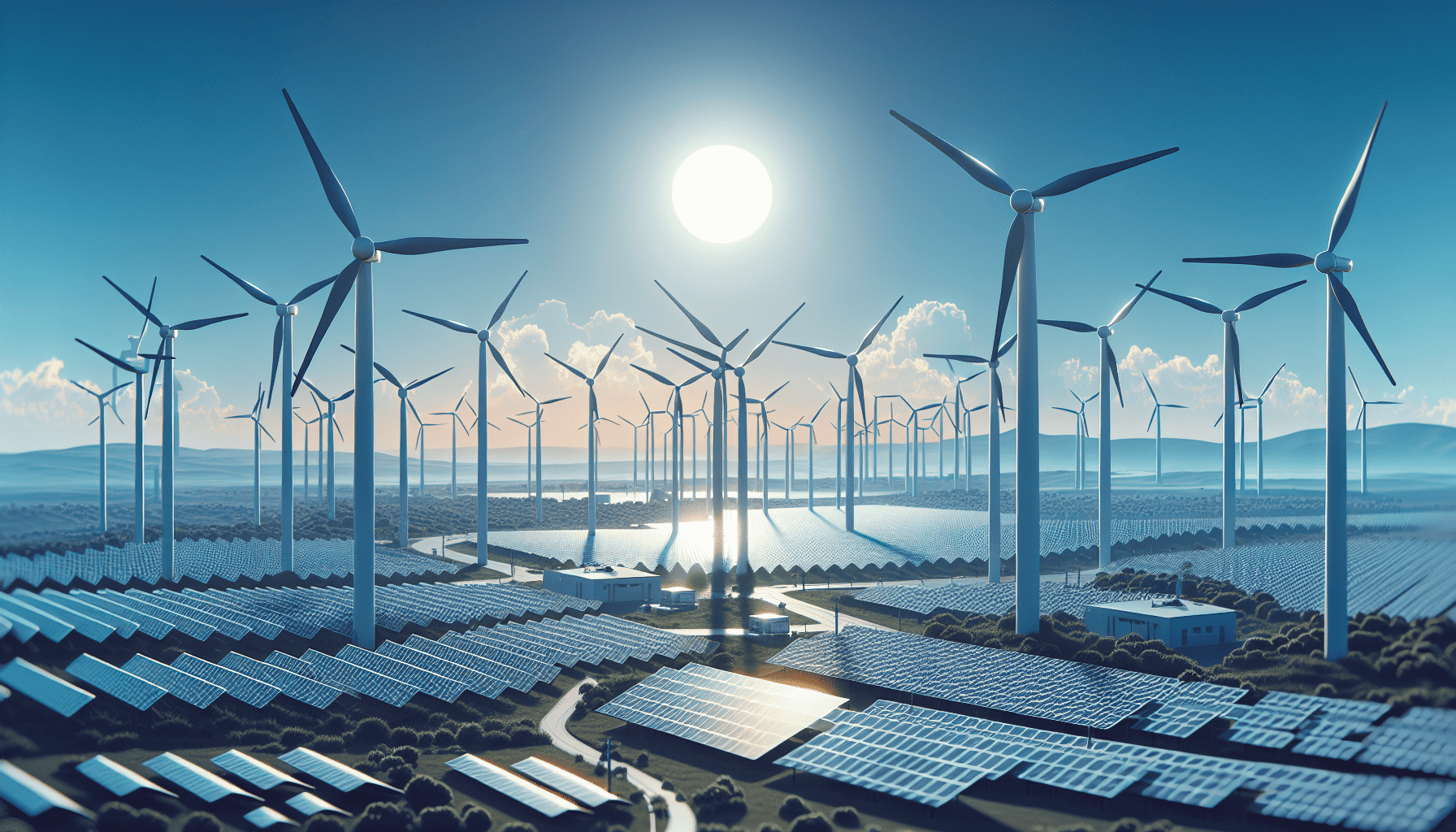Renewable energy solutions are at the forefront of addressing one of the most critical challenges of our time: reducing our carbon footprint and mitigating climate change. With technological advancements and growing awareness of environmental issues, innovative solutions in renewable energy are blooming. These innovations not only promise to revolutionize how we generate and consume energy but also contribute significantly to creating a more sustainable future.
Wind Energy: The Power of the Breeze
Wind energy is one of the most mature and widely used renewable energy sources. Today's wind turbines are marvels of engineering, with advanced designs that maximize efficiency and energy capture. Innovations in offshore wind farms are particularly promising. By placing turbines in ocean waters where winds are stronger and more consistent, we can generate substantial amounts of electricity. These offshore wind farms are now being built with floating platforms, allowing them to be anchored in deeper waters, thus opening up vast new areas for energy production.
Solar Energy: Harnessing the Sun’s Potential
Solar energy has seen incredible advancements over the past decade. From traditional silicon-based photovoltaic cells, we are now moving towards more efficient materials like perovskite. These new materials promise higher efficiency and lower production costs. Additionally, innovative applications of solar technology, such as solar roofs and transparent solar panels that can be integrated into windows and buildings, are making it easier to incorporate solar energy into our daily lives. Solar energy storage solutions, like advanced batteries and thermal storage systems, are also crucial, allowing us to store excess energy generated during sunny periods for use during cloudy days or nighttime.
Bioenergy: Transforming Waste into Wealth
Bioenergy technologies convert organic materials, such as agricultural waste, food scraps, and even algae, into energy. Innovations in this field are making the process more efficient and environmentally friendly. For example, advancements in anaerobic digestion are allowing for better conversion of organic waste into biogas, which can be used for electricity generation or as a renewable natural gas substitute. Additionally, second-generation biofuels, which are derived from non-food crops or agricultural residues, are proving to be a viable alternative to traditional fossil fuels, reducing our dependence on oil and lowering greenhouse gas emissions.
Hydropower: Tapping into Nature’s Flow
Hydropower is one of the oldest and most reliable sources of renewable energy. Innovations in hydropower technology are focusing on making it more efficient and less disruptive to local ecosystems. Small-scale hydropower systems, known as micro-hydro, are becoming increasingly popular, especially in remote areas. These systems can generate electricity from small streams or rivers with minimal environmental impact. Furthermore, advancements in tidal and wave energy are opening up new possibilities. These technologies harness the kinetic energy of ocean currents and waves, providing a constant and reliable source of electricity.
Geothermal Energy: Digging Deep for Sustainable Power
Geothermal energy harnesses the heat from within the Earth to generate electricity and provide heating. Enhanced Geothermal Systems (EGS) are an innovative approach that expands the potential of geothermal energy. By creating artificial reservoirs in hot rock formations, EGS can be deployed in regions without traditional geothermal sources. This technology dramatically increases the geographic availability of geothermal energy. Additionally, combining geothermal energy with other renewable sources, such as solar and wind, in hybrid power plants can ensure a steady and reliable energy supply.
Energy Storage: The Key to Consistency
One of the biggest challenges with renewable energy is its variability. Energy storage technologies are crucial for overcoming this hurdle. Advancements in battery technology, particularly in lithium-ion and emerging solid-state batteries, are making energy storage more efficient and cost-effective. These batteries can store surplus energy generated during peak production times and release it when demand is high or production is low. Additionally, innovative solutions like grid-scale storage systems using pumped hydro storage, compressed air, and flywheels are helping to stabilize the energy grid.
Conclusion
The continuous development and deployment of renewable energy innovations are vital for a sustainable and environmentally friendly future. By embracing these cutting-edge technologies, we can significantly reduce our reliance on fossil fuels and lower greenhouse gas emissions. As these innovations continue to evolve, they will play an increasingly pivotal role in shaping the energy landscape, ensuring that future generations can enjoy a cleaner, healthier planet.
